Last updated on June 29th, 2023
Indiana is the 17th most populous and the 38th most extensive of the 50 states of the United States. It is located in the Midwestern and Great Lakes regions of North America. The state attained statehood on December 11, 1816, becoming the 19th state to join the union. Its four bordering states are Illinois, Kentucky, Michigan, and Ohio. Indiana (nicknamed: Crossroads of America, Hoosier State, Hospitality State) has 92 counties. The state’s capital is Indianapolis. The abbreviation for Indiana is IN. With these facts about Indiana, let us learn about its history, geography, economy, people, culture, etc.
Facts about Indiana
1. Did you know that on 29th August 1958, the “King of Pop” Michael Jackson was born in Gary, Indiana?
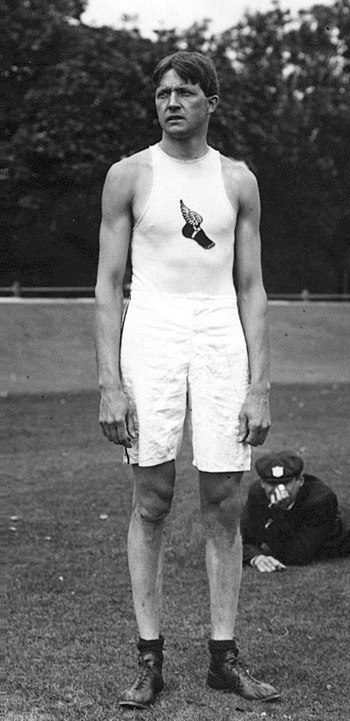
2. Ray Ewry from Lafayette, Indiana, was a track and field athlete who won 8 Olympic gold medals. He is among the most successful Olympians of all times. Interestingly, he contracted polio as a young boy and used a wheelchair. However, destined to make his name in athletics, he overcame his illness with his exercises. He won Olympic gold medals in the standing high jump and long jump competitions.
3. Did you know that Jacob Barnett, a child prodigy from Indiana, who at the age of two was diagnosed with Asperger Syndrome and Autism, was enrolled at the college at the age of 12? Jake who was allowed to sit-in on astronomy and advanced math class at Indiana University, was able to pass all the tests that were needed to exempt him from school including Algebra, Algebra 2, Geometry, Trigonometry and Calculus. He is currently developing an alternate theory of the Big Bang Theory because he believes that it is not true.
4. Bedford, Indiana, is known as the “Limestone Capital of the World.” The city was named so because it is surrounded by large limestone quarries.
5. Did you know that the Empire State building was erected from the limestone procured from Empire Quarry in Indiana? The limestone was also used in the construction of the Pentagon and National Cathedral in Washington, D.C., as well as several state capitols.
6. The Indy 500 is an automobile race held annually at Indianapolis Motor Speedway in Speedway, Indiana. The inaugural race was first held in 1911 and was won by Ray Harroun. Not only is the Indy 500 one of the most popular motorsports in the world, over 250,000 people attend the event every May. It’s been a unique tradition in the Indy 500 that the race winner drinks a bottle of chilled milk since 1936.
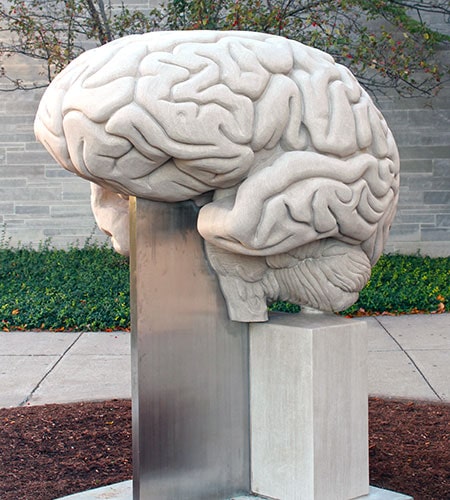
7. The world’s largest anatomically correct sculpture of the human brain lies in the Department of Psychological and Brain Sciences at Indiana University. The brain weighs 10,000 pounds and rises 7 feet from the ground. The brain is built entirely of Indiana limestone.
8. Indiana is home to the four “moon Trees” that were planted with seeds taken to orbit the moon by astronaut Stuart A. Roosa. Planted on April 9, 1976, (as part of Arbor Day and the nation’s bicentennial celebration) one such 44 year old Sycamore tree stands in Indianapolis and the other three trees can be found in Lincoln City, Tell City and Cannelton.
9. Did you know that Indiana is one of the thirteen U.S. states that are divided into more than one time zone? The states that observe more than one time-zone are Oregon, Idaho, Nebraska, Kansas, Texas, North Dakota, South Dakota, Florida, Michigan, Indiana, Kentucky, Tennessee, and Alaska. Among these, Alaska is the only state that is not a part of contiguous United States.
10. Indiana is one of the 8 states (Illinois, Indiana, Michigan, Minnesota, New York, Ohio, Pennsylvania and Wisconsin) that make up the Great Lakes Region. The state encompasses two natural regions of the United States: the Central Lowlands and the Interior Low Plateaus. Indiana has around 900 lakes, with the largest being Lake Michigan. However, the largest natural lake located entirely within Indiana is Lake Wawasee.
11. Wabash, Indiana, is the world’s first electrically lighted city. The event took place on March 31, 1880, when four 3,000 candle power lamps, suspended on the Wabash County Courthouse dome were lighted at 8 p.m. The illumination from the electric lights could be seen from over a mile away.
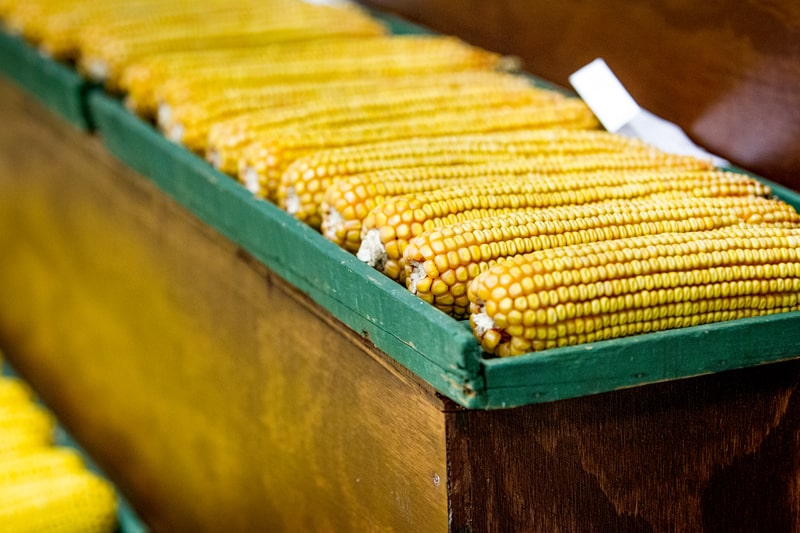
12. Did you know that Indiana produces more than 20% of the United State’s popcorn supply? Note that Nebraska is the leading producer of popcorn in the U.S.
13. Manufacturing, agriculture, and education are some of the most important industries in the state. Calumet region helps make Indiana a major industrial state.
14. The small town of Santa Claus is considered America’s Christmas Hometown and was established in 1856. The town started with a small theme park, but it’s now a massive tourist destination. It receives more than half a million “Dear Santa” letters at Christmas time every year. The most interesting fact is that each and every letter is read and is replied to!
15. Six men from Indiana have been elected as the vice president of the United States. These men earned the state another nickname “The Mother of Vice Presidents”. William Henry Harrison, the Governor of Indiana, ran for US President in 1840. He won and became the 9th President of the United States, but he only served 31 days in office before passing away, making it the shortest Presidential term in history.
16. Did you know that the former Vice President Mike Pence who grew up in Indiana, also served as Governor of the state for four years?
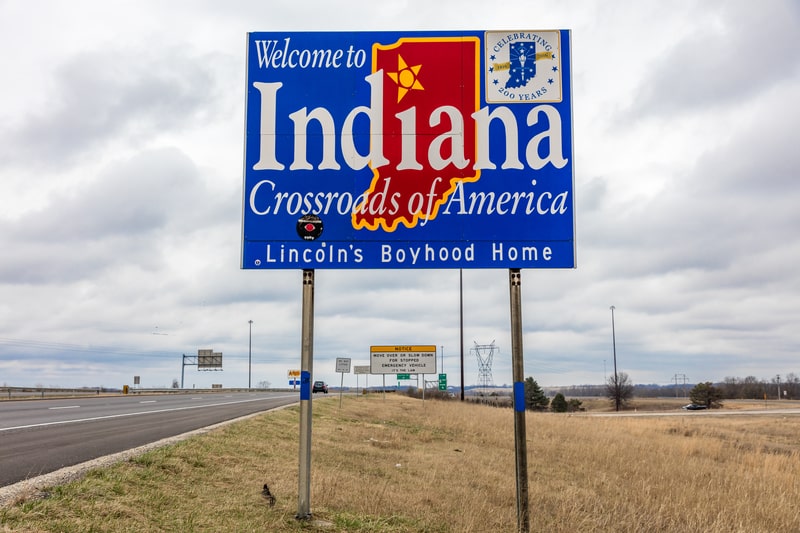
17. Abraham Lincoln, the most beloved president in the history of America, at the age of 7, moved to Indiana. There he lived with his family on a farm from 1816 to 1830. Named the Lincoln Boyhood National Memorial in Lincoln City, Indiana, is where the preserved farm site is.
18. The first successful goldfish farm in the United States was opened in Martinsville in 1899.
19. Indiana means “land of the Indians.” It was named after the American Indian tribe who lived there when Europeans arrived.
20. Because many transportation routes pass through the state, the state’s motto is the “Crossroads of America.”
Indiana on the map
21. Did you know that the Ohio River creates the state’s southern border?
22. The 500-mile-long Wabash River meanders through the state and is home to over 150 fish species, including the oldest surviving North American species, the paddlefish, which is more than 300 million years old.
23. Indiana is the tenth largest farming state in the country. And 96% of the farms are family owned or operated.
24. Did you know that the discovery of natural gas in northern Indiana in the late 1880s led to an economic boom in the state? The abundant availability of cheap fuel attracted heavy industry, which in turn produced plenty of jobs that attracted people from the other part of the nation as well as Europe. Cities such as Indianapolis, South Bend, Fort Wayne and Gary expanded as a result.
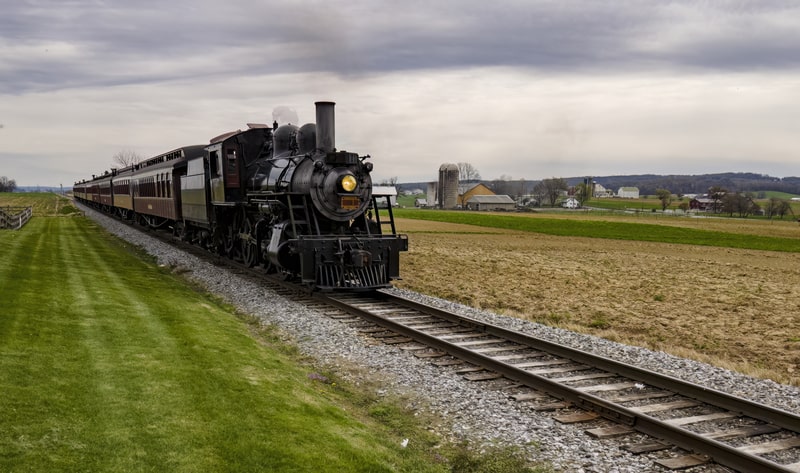
25. The first train robbery in the United States occurred in Indiana when a gang of robbers stopped an Ohio and Mississippi train in Jackson County and looted $13,000. The event took place on October 6, 1866.
26. With an average age of 55.5 years, there are over 94,000 farmers in Indiana. The average farm size is 264 acres.
27. The top five agricultural commodities in Indiana are corn, soybeans, meat animals, dairy products, and poultry and eggs.
28. Indiana is home to the longest-known underground river in the United States. The river flows through the Bluespring Caverns (a 21 mile-long cave system.) The system is home to unique amphibians and aquatic creatures.
29. Did you know that the first Indiana state fair was held in 1852?
30. Indiana is divided into three great regions: the northern lake country, the central agricultural plain, and the more varied southern section containing both hills and lowlands.
31. Tippecanoe Lake with depth reaching at nearly 120 feet is the deepest lake in Indiana. With respect to the total surface area, Lake Monroe is the largest lake in the state.
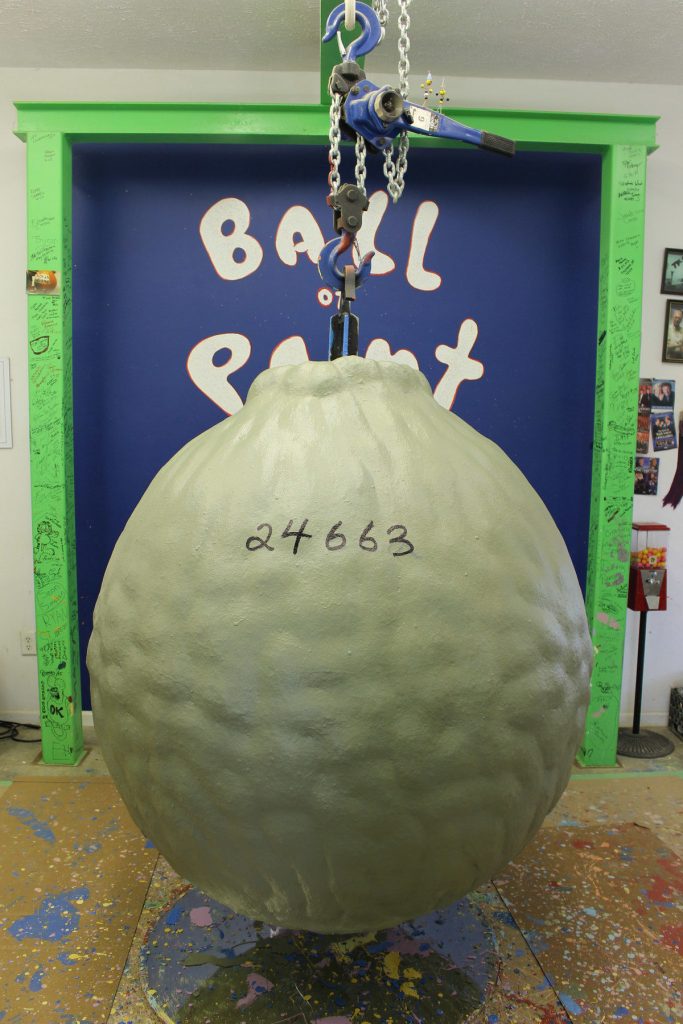
32. Alexandria, Indiana is home to the world’s largest ball of paint. In the beginning, it was just a baseball that was covered with a layer of paint. However, as time progressed, the owner kept adding more and more layers of paints to it and thus the ball kept growing in size. Today, the ball weighs more than two and a half tons and the visitors can even choose to coat the ball with their favorite color.
33. More than half of the farming in Indiana is done within 75 miles of Indianapolis.
34. Because of its central location, Indianapolis has a great commercial advantage. And this is the reason why it was selected as the site of the state capital.
35. Did you know that natural gas was discovered in Indiana in Delaware County in 1876?
36. The first settlers of Indiana were French Catholics at Vincennes?
37. The first Union Station was built here in Indianapolis and was opened on September 20, 1853.
38. Before Indianapolis, until 1825, Corydon was the capital of Indiana.
39. Columbus is located just 40 miles south of Indianapolis and 70 miles north of Louisville.
40. The American Institute of Architects has ranked Columbus, Indiana at the sixth spot in the nation for architectural innovation and design, right behind Chicago, New York, San Francisco, Boston, and Washington, D.C. Moreover, the city also has hundreds of acres in a city park system which is also ranked number one in the country by the National Recreation and Park Association for cities the size of Columbus.
41. Did you know that the land which is now Columbus was known as Tiptonia, named in honor of General Tipton who along with Luke Bonesteel bought the land in 1820? The town’s name was changed to Columbus on March 20, 1821.
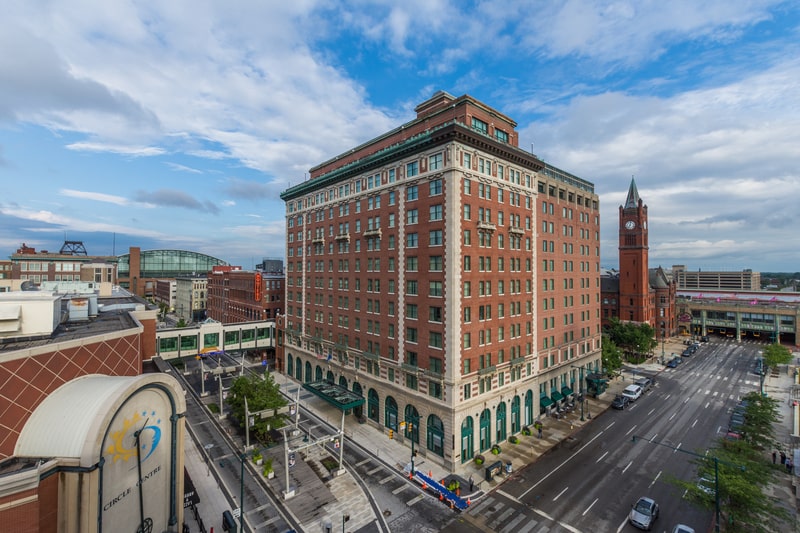
42. On May 7, 1919, Indianapolis hosted Welcome Home Day for returning WWI soldiers. On this day, the returning soldiers reunited with their family members and were served boxed lunches by the Salvation Army and Eastern Star. A huge parade was also organized and the soldiers were served a pint of coffee before and after the parade.
43. Did you know that there is a town in the corn belt in Indiana called “Popcorn”? The town is famous for the production of popcorn that is free of growth hormones.
44. Over 200 different brands of car were made between 1900 and 1920 in Indiana, including Stutzes, Duesenbergs, Maxwells, and Auburns. Today, Indiana exports more products to Canada than any other country. Cars, cars part, and pharmaceuticals are among the major exports from the state.
45. Except for Hawaii, Indiana is the smallest state west of the Appalachian Mountains.
46. Henry Chandler Cowles started studying the flora along the Indiana Dunes shores in 1896. He had many notable ecological findings that led to conservation of the dunes.
47. Indiana state has more than 100 wineries and vineyards. It is considered one of the biggest wine destinations in the US.
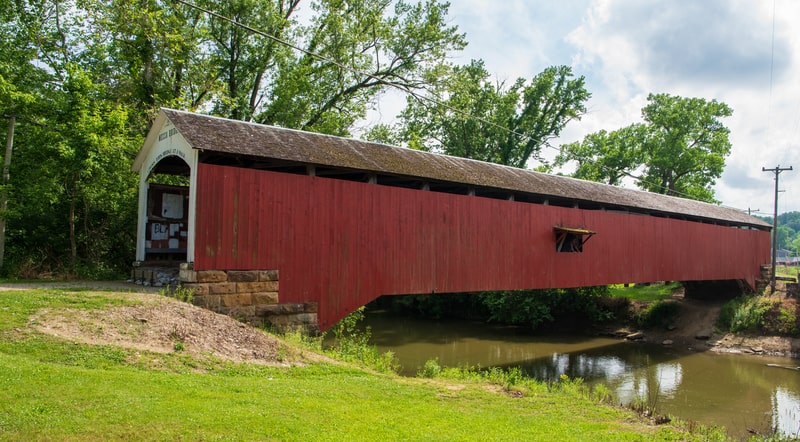
48. In Parke County, Indiana, you can find an impressive 31 covered bridges. Most of them were constructed in the late 1800s to early 1900s.
49. In 2016, Indiana’s Nature Conservancy introduced a herd of bison to a protected area in an attempt to restore the bison population after it went extinct in the 1830s. The herd is now triple the 2016 numbers.
50. Indiana’s state flag was created in 1916 by Paul Hadley after he won a contest to design the flag for the state’s centennial anniversary.
. . . continue reading on the next page
